2025 Sessions & Slide Decks
Select a session from the top row and information about that session will appear, including the download link for the slide deck if there is one.
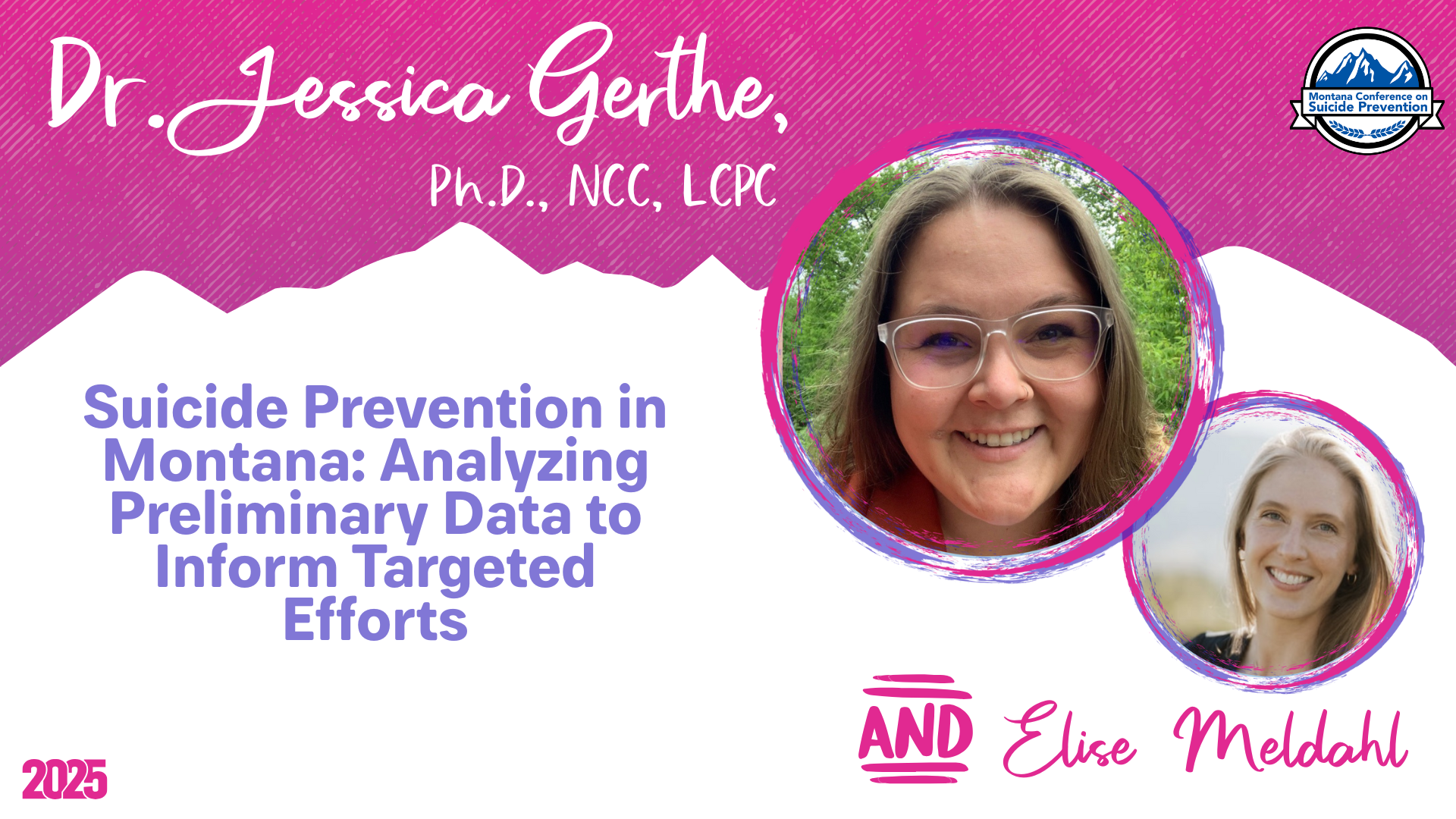
Suicide Prevention in Montana: Analyzing Preliminary Data to Inform Targeted Efforts
Dr. Jessica Gerthe, PhD. NCC, LCPC & Elise Meldahl
PRESENTATION ABSTRACT
Suicide rates in Montana consistently rank among the highest in the nation, yet risk is not evenly distributed across populations. Previous research has identified several factors associated with higher suicide death rates, including military service, specific occupations, geographic location, and elevation. This presentation shares preliminary findings from an ongoing interdisciplinary research project analyzing all suicide deaths in Montana from 2012-2024 using data from the Montana Department of Public Health and Human Services (MT DPHHS). The study explores how the intersection of multiple high-risk factors may compound suicide risk, providing insight into which populations face the greatest vulnerabilities.
Through a frequency analysis of key demographic and contextual variables—including town/city of residence, industry, occupation, relationship status, sex, birth state, and veteran status—this study identifies patterns that can inform targeted, context-responsive prevention strategies. Findings suggest that individuals who belong to multiple high-risk categories may have disproportionately higher rates of suicide, underscoring the need for tailored prevention approaches. As this research is ongoing, discussion will include considerations for future analyses and interdisciplinary collaboration. Attendees will gain a deeper understanding of suicide risk in Montana and discuss potential implications for policy, community intervention, and resource allocation.
LEARNING OBJECTIVES
- Identify key demographic, occupational, and geographic factors associated with increased suicide risk in Montana.
- Analyze the compounded impact of multiple high-risk factors on suicide death rates.
- Discuss context-responsive prevention strategies based on preliminary findings, with implications for policy and community-based interventions.

Breaking Barriers, Savings Lives: The Power of Telepsychiatry in Suicide Prevention and Mental Health Care
Dr. Eric R. Arzubi, MD
PRESENTATION ABSTRACT
Timely access to psychiatric care can mean the difference between crisis and stability, yet many individuals—especially those on Medicaid—struggle to find care when they need it most. In this presentation, we share findings from our recent study on the impact of outpatient telepsychiatry, demonstrating its role in reducing hospitalizations and emergency department visits for patients with serious mental illness. Our research found that patients receiving care through Frontier Psychiatry had a 38% lower rate of inpatient hospitalization and 17.9% fewer emergency department admissions compared to matched controls, while overall costs to Medicaid remained similar. These results challenge the assumption that high-quality psychiatric care must come at a high cost and provide evidence that early intervention through telepsychiatry can prevent crises and improve outcomes. With a focus on suicide prevention, we will discuss how expanding access to psychiatric care—particularly in rural and underserved areas—can save lives. Our goal is to inspire a conversation about the urgent need for systemic change in mental health care delivery and highlight how telepsychiatry can be a powerful tool in building a more accessible, effective, and compassionate system for individuals, families, and communities.
LEARNING OBJECTIVES
- Understand the impact of telepsychiatry on crisis prevention.
- Recognize the role of telepsychiatry in suicide prevention.
- Explore the implications for policy and practice.

The Wildfire of Secondary Trauma and the Transformative Power of Resilience
Andrew Laue, LCSW
PRESENTATION ABSTRACT
This session will focus on the nervous system and the bodies of practitioners, teaching practical skills that create immediate relief and build strength.
LEARNING OBJECTIVES
- Understand the reality of secondary and its impact on the mind, body, and nervous system of trauma engaged workers.
- Learn about the key concepts from trauma and attachment theory, interpersonal neurobiology, and embodiment practices that assist workers in recognizing secondary trauma in their own self systems.
- Practice the alchemical formula that allows workers and the team cultures they work within to transform secondary trauma into powerful resilience.
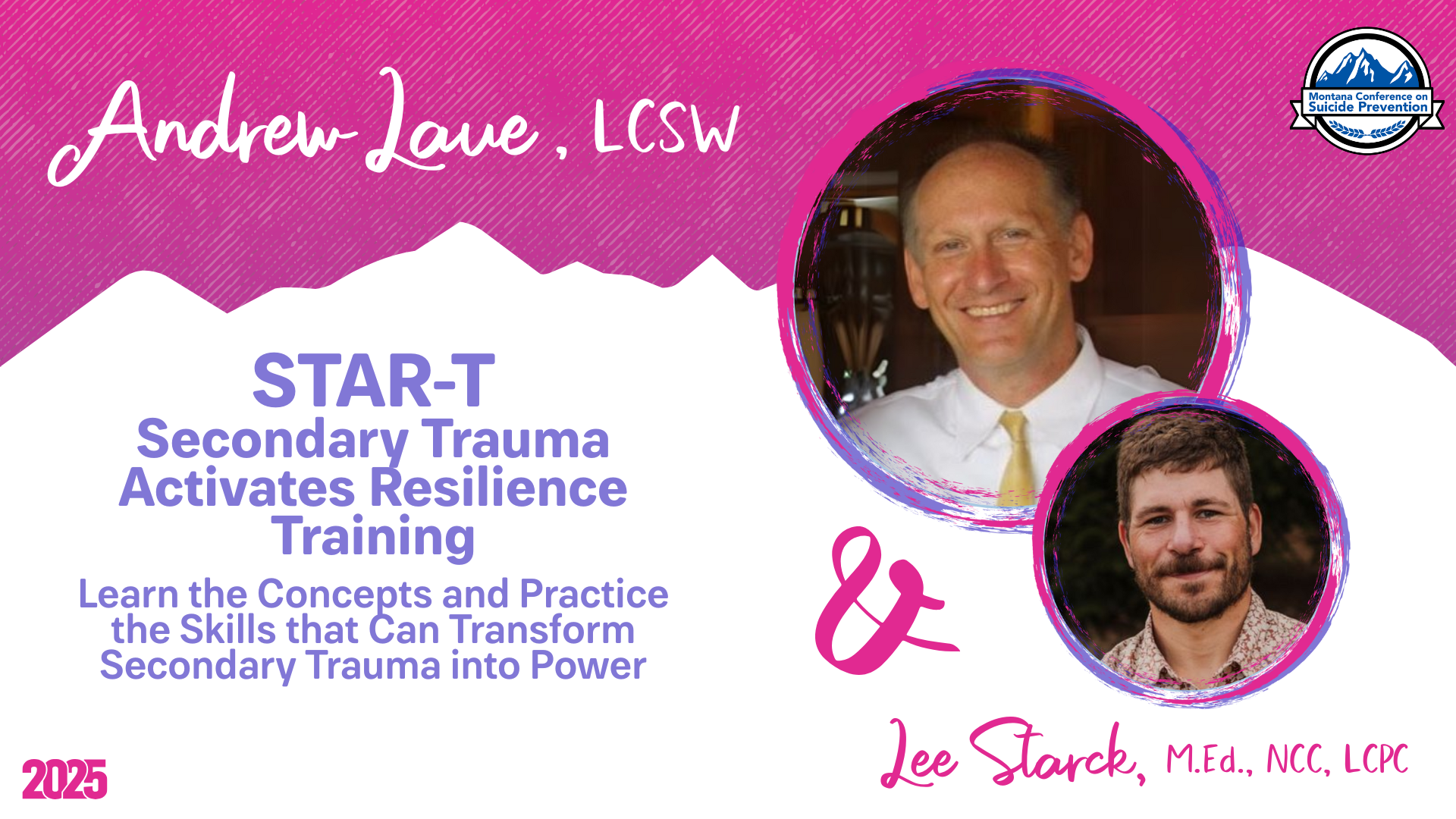
STAR-T: Secondary Trauma Activates Resilience Training Basic Skills Training: Learn the Concepts and Practice the Skills That Can Transform Secondary Trauma Into Power
Andrew Laue, LCSW &
Lee Starck, M.Ed., NCC, LCPC
PRESENTATION ABSTRACT
Andrew works with both an experiential and a content-driven training process to build resiliency in professionals at risk of experiencing secondary trauma. The training integrates trauma theory, attachment theory, neurobiology, and embodiment work as it applies to the secondary trauma we are exposed to through work in traumatic work environments. Andrew creates safety in any experiential process and encourages participants to track the impact of these training strategies on their whole system.
LEARNING OBJECTIVES
- Grow a deeper understanding of the theory behind the STAR-T model and how to communicate these ideas simply into your work environment.
- Practice three awareness skills and three connection skills from the STAR-T curricula that can immediately transform secondary trauma in your own life or team culture.
- Learn about the four forms of secondary trauma and their unique impact on worker functioning.
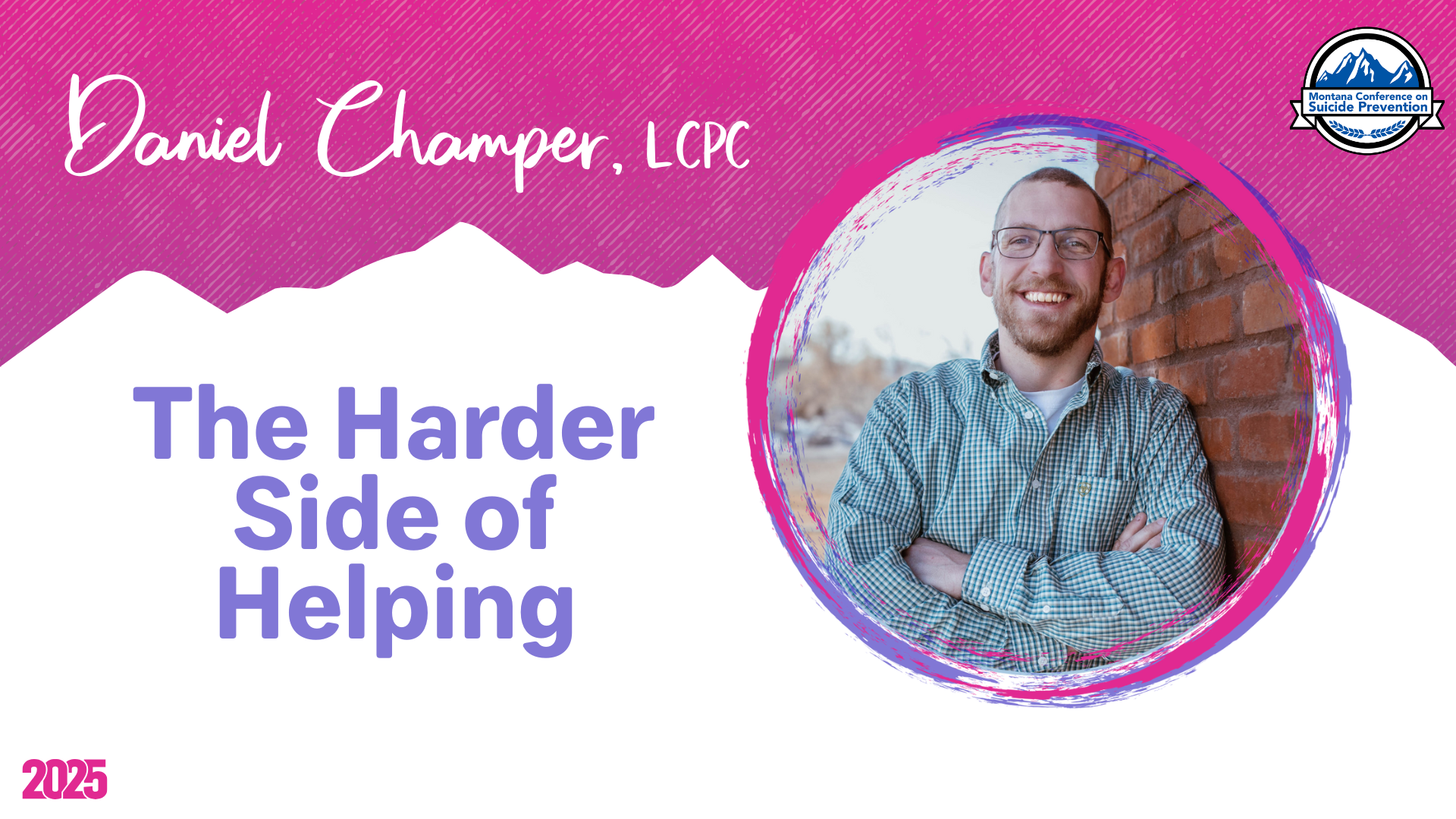
The Harder Side of Helping
Daniel Champer, LCPC
PRESENTATION ABSTRACT
Interacting with individuals whose lives have been affected by trauma often has unintended consequences for the individual trying to help. The concepts of "big T" and "little t" trauma, attachment and human development will be explored. These ideas will be used to explain the concept of secondary trauma and why it affects us as helpers. The four types of secondary trauma will be introduced in order to better understand the specific ways that helping can impact our lives outside of our work. This training also includes an introduction of reciprocal restoration and resilience building as an alternative framework for the imperfect term "self-care." Participants will learn to develop an R&R plan that is individualized and addresses the affects of secondary trauma in a fluid and holistic manner.
LEARNING OBJECTIVES
- Participants will learn and understand the concept of "behavior as communication" as it relates to trauma, attachment and neuroscience.
- Participants will define the four types of secondary trauma and understand how each condition has unique symptomology that affects us all in different ways.
- Participants will be introduced to reciprocal restoration as an alternative framework for the term self-care and will learn to develop an individualized resilience building plan.
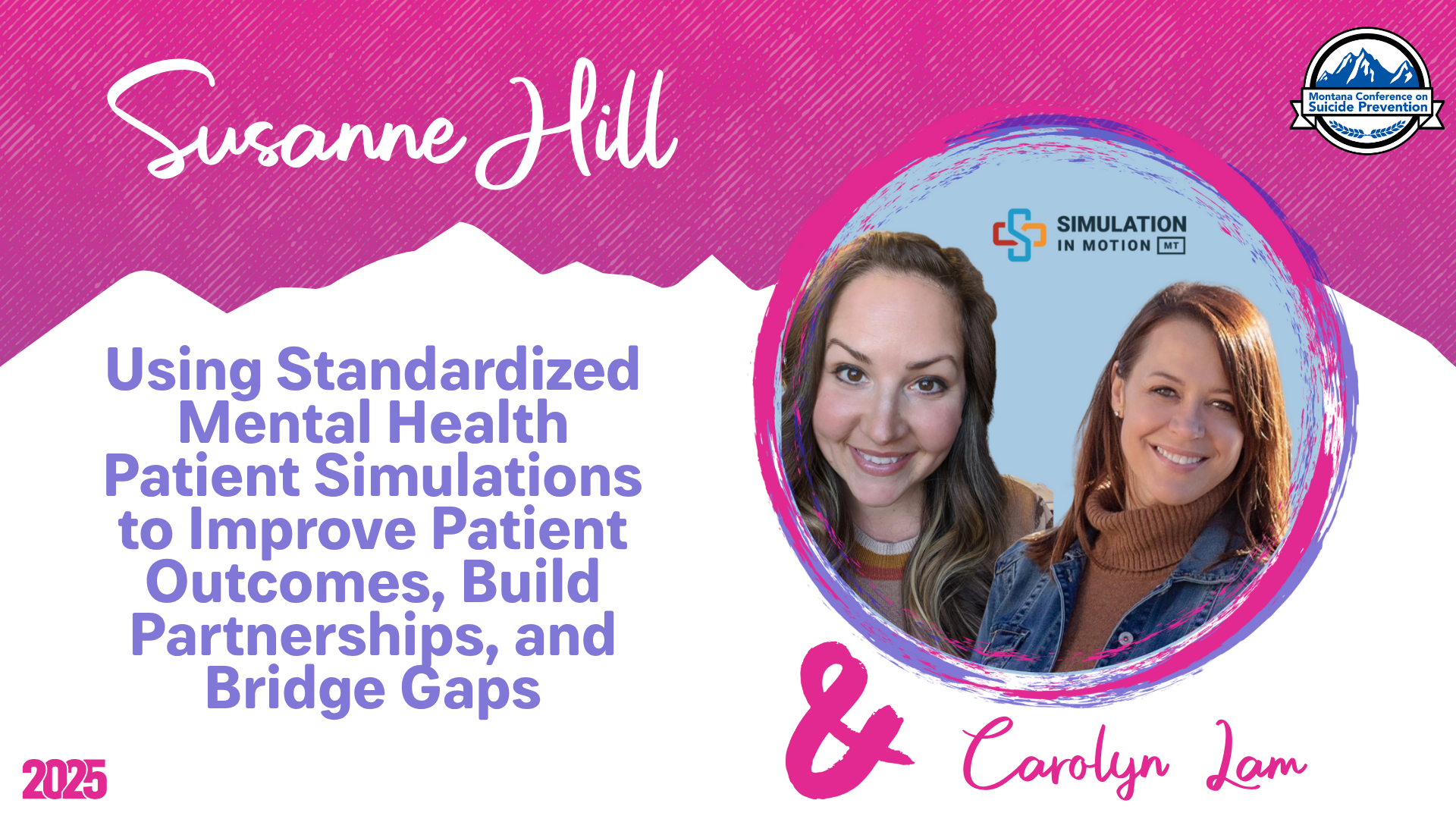
Using Standardized Mental Health Patient Simulations to Improve Patient Outcomes, Build Partnerships, and Bridge Gaps
Susanne Hill & Carolyn Lam
Presentation Abstract
Simulation in Motion - Montana (SIM-MT) was started in 2015 through a partnership between DPHHS and Helmsley Charitable Trust. The initial goal was to bring mobile, high-fidelity simulation and training equity to rural Montana's healthcare providers, facilities and teams. We’ve since trained in all 56 counties, seven indigenous communities, every critical access hospital, and many colleges and universities in Montana.
SIM-MT’s leadership and founding partners understood the power of simulation training and they accurately predicted it would improve job satisfaction, patient outcomes and team dynamics. What they didn’t expect: through the delivery of simulation excellence, SIM-MT would create a movement, knitting together Montana’s healthcare community and facilitating courageous conversations, creative solutions and revolutionary programs.
We'll discuss SIM-MT's evolution, most specifically, how partners are using standardized mental health patient simulations to improve providers' skills and patient care; test mental health patient flow across agencies and handoffs; and to enhance team dynamics and mental health crisis outcomes. We’ll also discuss why our “patient” is also a provider, whose crisis not only effectively tests many pieces of each healthcare community, but also encourages participants to deeply consider their own wellness and that of their team and community members.
LEARNING OBJECTIVES
- How simulation with a standardized patient can be used to improve outcomes for patients in mental health crisis.
- How systems, relationships, communication can create friction that may hinder excellence and how to address this through facilitated debriefing
- Why consideration of community-wide systems can provide invaluable insight and awareness of gaps that may be hindering progress.
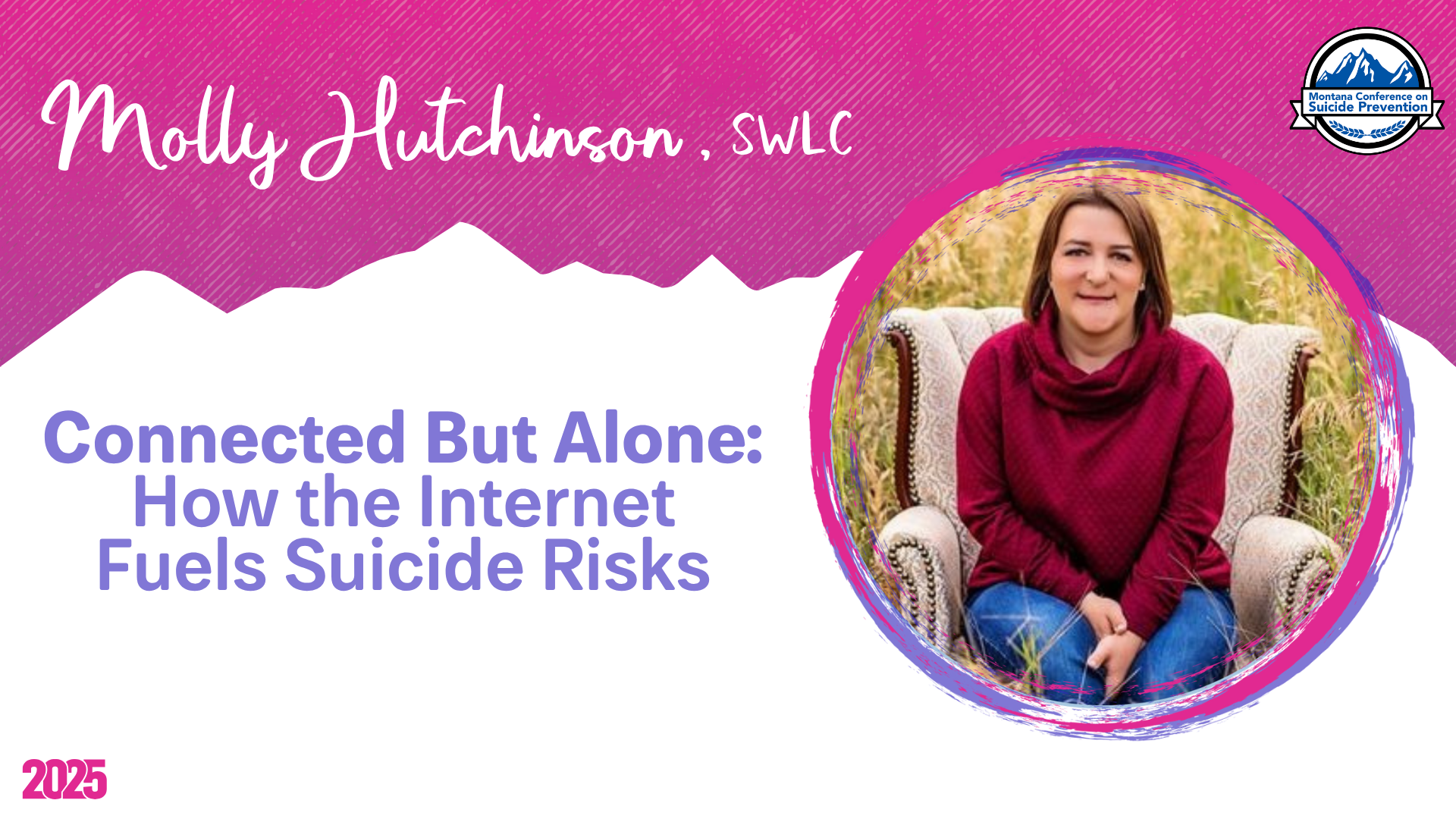
Connected But Alone: How the Internet Fuels Suicide Risk
Molly Hutchinson, SWLC
PRESENTATION ABSTRACT
In today’s interconnected world, technology plays a significant role in shaping suicide risk, particularly through its impact on impulsivity and the exposure to unsafe suicide-related content. Social media platforms, while intended to connect individuals, often lack sufficient safeguards, allowing harmful material — such as graphic depictions of suicide or dangerous advice—to circulate freely. For vulnerable individuals, this unfiltered access can trigger impulsive actions, leading to a higher risk of acting on suicidal thoughts without time or support for intervention. The instantaneous nature of online interactions and the anonymity of the internet further amplify feelings of isolation, hopelessness, and despair. Additionally, the curated nature of online spaces fosters unhealthy comparisons and a diminished sense of self-worth. While digital platforms can provide valuable mental health resources, the absence of consistent safety measures around suicide-related content presents a significant risk. Addressing this issue requires stricter regulations, improved platform moderation, and a focus on promoting healthier, safer online environments for those at risk of suicide. Understanding the complex intersection of technology and suicide is crucial to developing effective strategies to protect vulnerable individuals and reduce the impact of the digital age on suicide rates.
LEARNING OBJECTIVES
- Examine the impact of technology and digital communication on suicide risk, focusing on impulsivity, unsafe exposure to suicide-related content, and the amplification of emotional distress.
- Compare the role of oxytocin and dopamine in online versus in-person social interactions, exploring how digital communication affects emotional well-being, feelings of connection, impulsivity, and the release of these neurochemicals in the context of suicide risk.
- Develop strategies for guiding individuals in safely navigating digital spaces designed for discussing suicide, such as 988 and crisis chat/text lines, ensuring that these resources provide effective support, promote safety, and reduce the risk of harm.
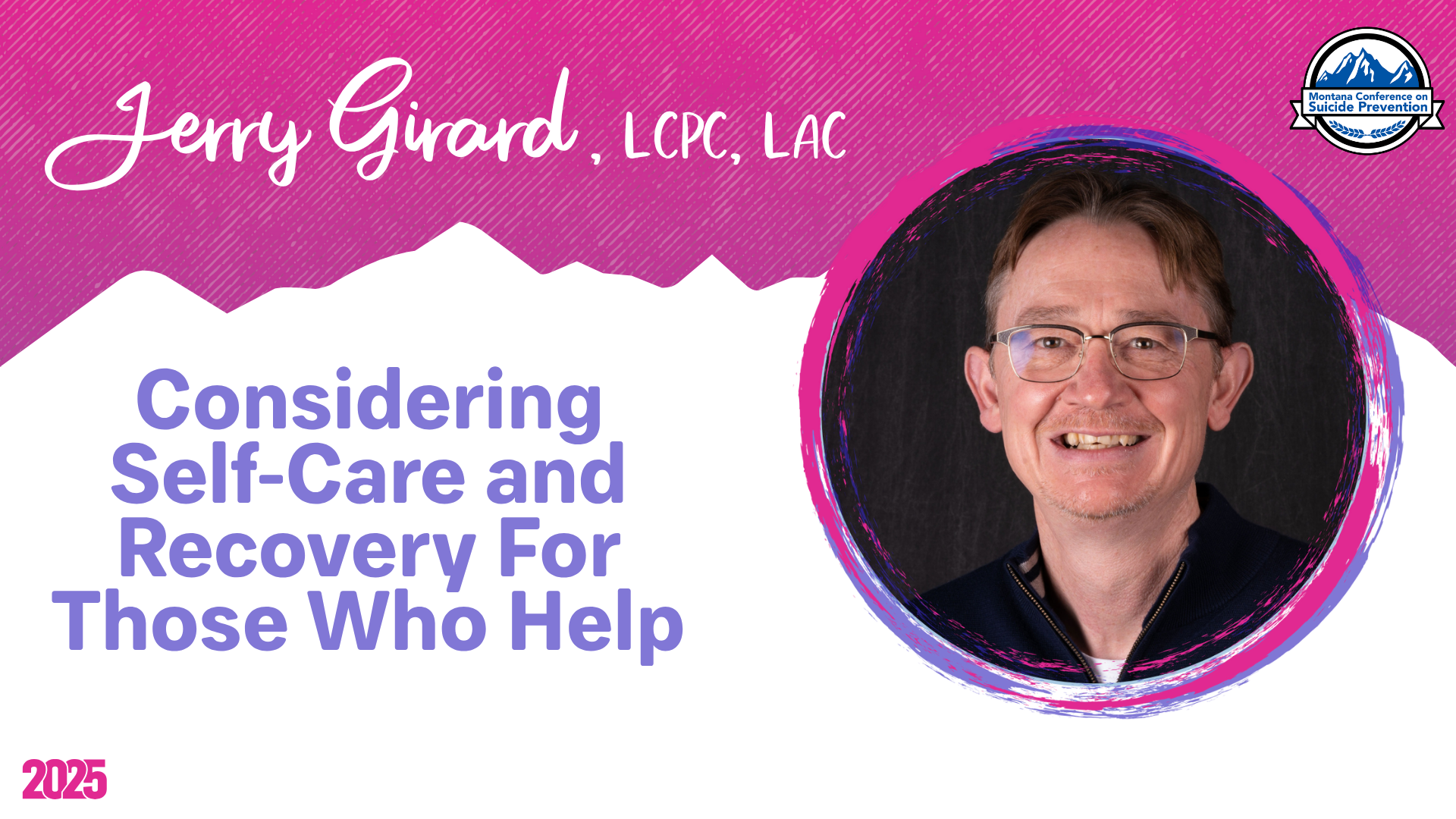
Considering Self-Care and Recovery For Those Who Help
Jerry Girard, LCPC, LAC
PRESENTATION ABSTRACT
For those of us who are innate helpers, heavy interactions with others regarding mental health and suicide seem to find us often professionally and personally. Although we can experience a great deal of meaning and purpose from these interactions, they can also take a toll on our well-being if we aren't mindful of our own need to be intentional in our own self-care and recovery from them.
Having worked in the helping professions as a teacher and now a therapist since 1992 and also having hosted numerous Mental Health First Aid and QPR Gatekeeper trainings, I have noticed, more and more, the need to encourage helpers to address their own well-being for the purpose of growing resilience and raising capacity to help. This presentation speaks directly to those of who help others professionally and in their personal lives. The idea of this presentation is to reframe the importance of recovery as well as self-care. As we sometimes have to do medically, it can be helpful to pause and be intentional with our recovery from helpful, but intense, interactions with others..
LEARNING OBJECTIVES
- Consider the importance of mental health recovery as well as self-care.
- Conceptualize a mental health recovery plan.
- Understand the importance of intentional recovery in enhancing resilience and growing one's capacity to help other.

We Get Tired Too
Shauna Green, CDVC, LCPC
PRESENTATION ABSTRACT
Helping professionals face significant risk for secondary trauma (vicarious trauma, compassion fatigue) due to their exposure to others' trauma. This presentation defines secondary trauma, outlines its impact on personal and professional well-being, and provides practical self-care strategies for building resilience. We will explore common symptoms, differentiate it from burnout, and emphasize the importance of both individual and organizational support in fostering a culture of well-being. Participants will gain tools to develop personalized self-care plans, enabling them to protect their own well-being while continuing to provide effective and compassionate care.
LEARNING OBJECTIVES
- Participants will be able to define secondary trauma (vicarious trauma, compassion fatigue) and differentiate it from burnout, understanding the distinct characteristics and impacts of each.
- Participants will be able to identify common symptoms of secondary trauma and apply practical self-care strategies across multiple dimensions (physical, emotional, social, spiritual, professional) to develop a personalized self-care plan.
- Recognize Impact and Advocate for Support: Participants will be able to recognize the impact of secondary trauma on personal and professional well-being, as well as the importance of organizational support in fostering a culture of well-being.
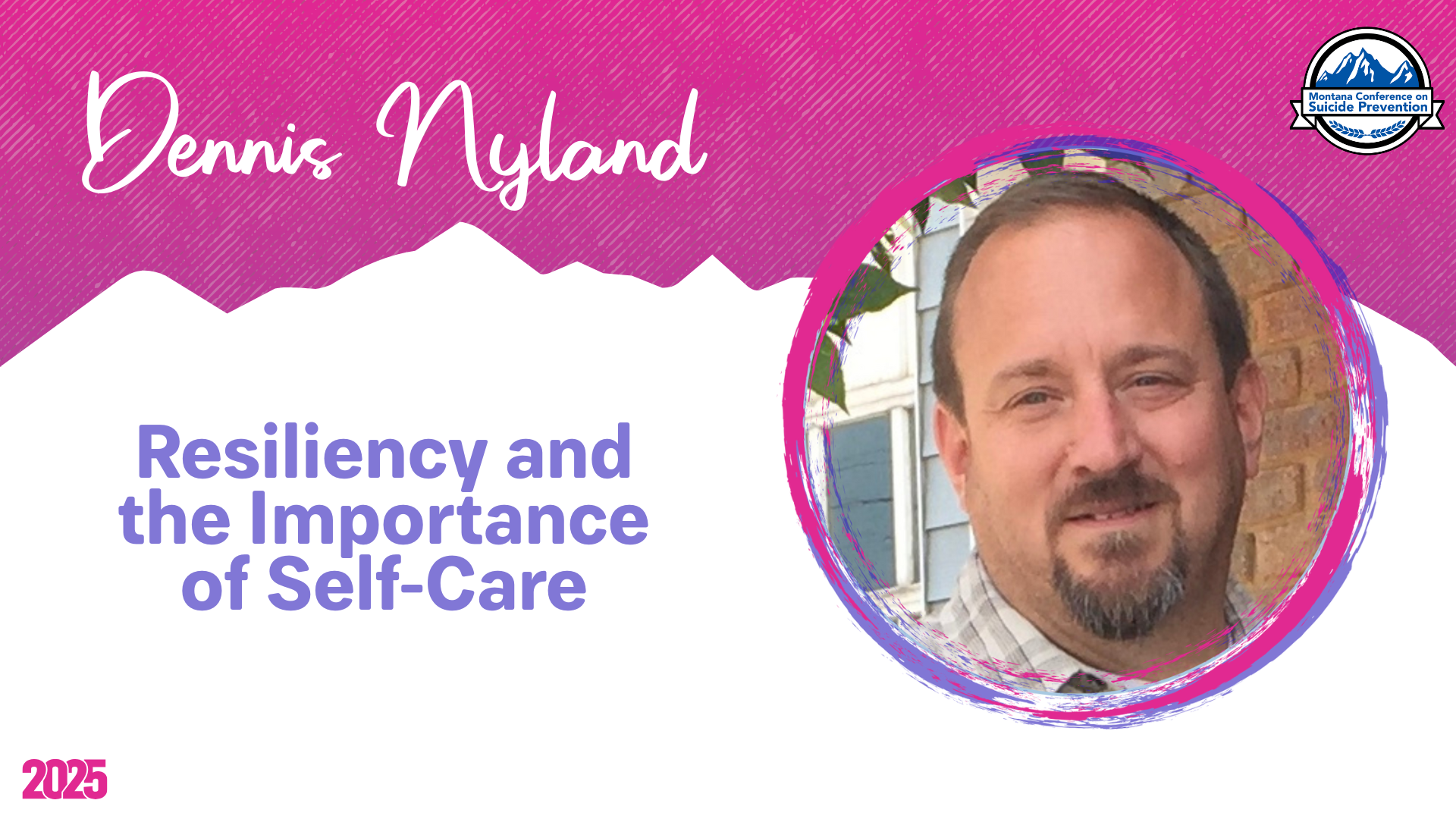
Resiliency and the Importance of Self-Care
Dennis Nyland
PRESENTATION ABSTRACT
In today's demanding world, cultivating resilience and prioritizing self-care are essential for personal and professional well-being. This presentation will explore resiliency's impact on mental, emotional, and physical health, particularly in the face of personal stressors.
Attendees will reflect on past challenges and the consequences of neglecting self-care. The session will then shift to actionable strategies, demonstrating how resilience can be strengthened through self-awareness, positive relationships, and adaptive thinking. Practical self-care techniques, including mindfulness, boundaries, and healthy routines, will be explored as integral pillars.
Finally, the presentation will emphasize the crucial role of collaborative efforts within communities and with state stakeholders. Participants will gain insights into developing effective advocacy strategies to foster a supportive environment for self-care and resilience initiatives. This session aims to equip attendees with a deeper understanding of resilience and practical tools to integrate self-care into their lives, promoting a more robust sense of well-being.
LEARNING OBJECTIVES
- Understand resiliency and its role in personal and professional well-being. Identify personal stressors and describe how they impact mental, emotional, and physical health.
- Reflect on past challenges, the consequences of neglecting self-care, and identify how resiliency played a role in overcoming them.
- Learn how resiliency can be strengthened through self-awareness, positive relationships, and adaptive thinking including exploring practical self-care strategies that support resiliency.
- Understand the importance of collaboration within your communities, and with state stakeholders, to develop strategies to advocate and have support for self-care and resiliency.
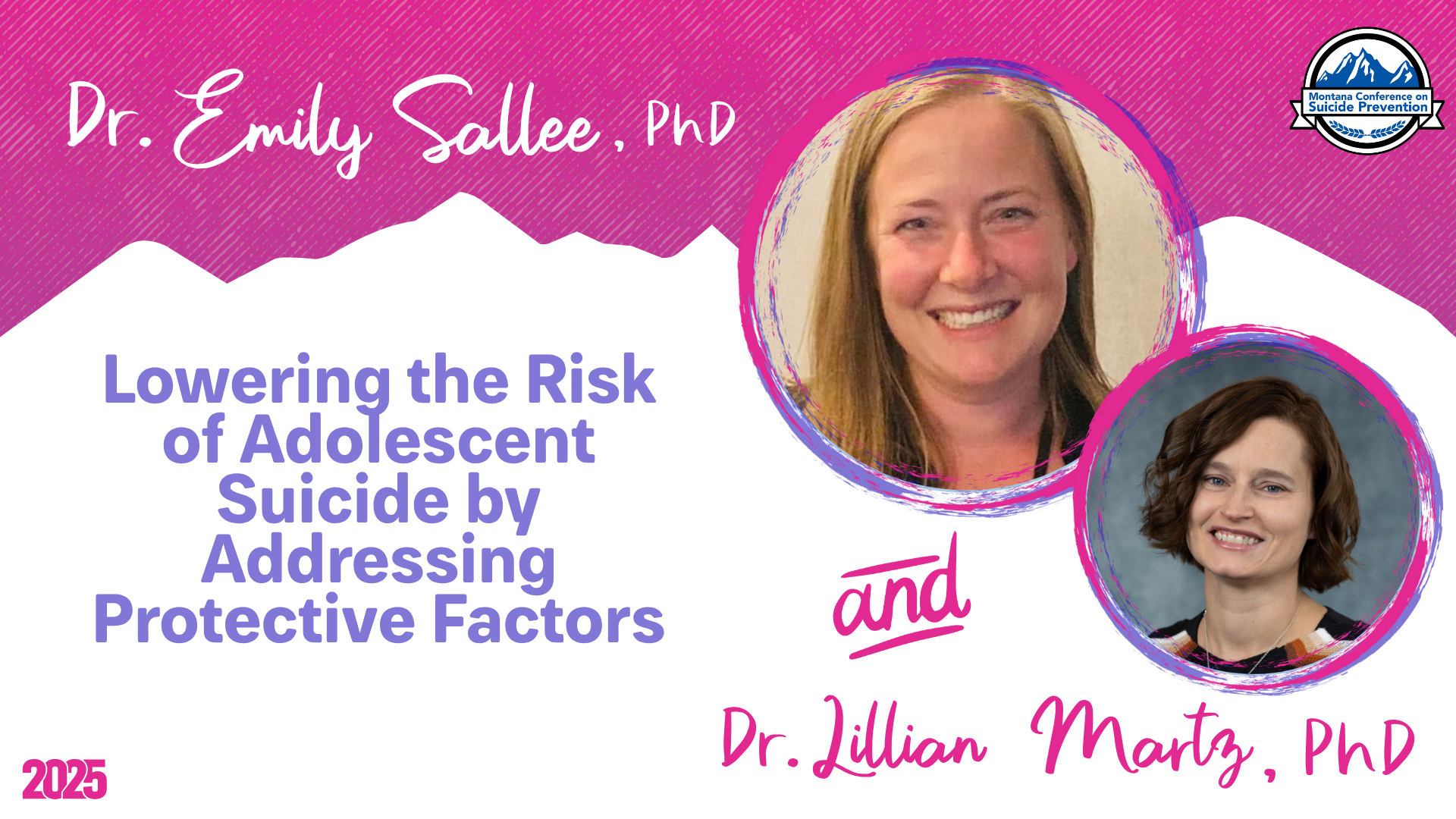
Lowering the Risk of Adolescent Suicide by Addressing Protective Factors
Dr. Emily Sallee, PhD & Dr. Lillian Martz, PhD, PCLC
PRESENTATION ABSTRACT
Youth suicide rates have remained high over the past decade or more, and the recent pandemic has goaded this potentially fatal issue to the surface of various professional conversations, particularly educators and mental health providers serving this population. The presenters will share their findings on a recent study utilizing Joiner’s Interpersonal Theory of Suicide (IPTS) to reframe the interpersonal risk factors of perceived burdensomeness and thwarted belongingness that allowed the researchers to examine the protective factors of youth not experiencing suicidal ideation and behaviors. The findings from this study suggest that educators and mental health providers serving the youth population can decrease risk of suicidality by addressing protective factors to increase perceptions of value and belonging (inverse to the IPTS constructs of perceived burdensomeness and thwarted belongingness). Participants will benefit from the opportunity to learn about this specific theory of suicide for conceptualization of suicidal behaviors in adolescents and will walk away from this session with new, research-informed interventions and techniques for addressing suicidality in adolescents.
LEARNING OBJECTIVES
- Participants will be able to understand Joiner’s Interpersonal Theory of Suicide (IPTS) for the conceptualization of suicidal behaviors in adolescents.
- Participants will be able to identify protective factors related to perceived burdensomeness and thwarted belonging, with the purpose of increasing these factors as part of an intervention plan.
- Participants will be able to apply research-informed interventions and techniques for addressing suicidality in adolescents.
